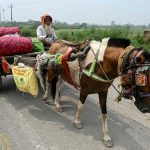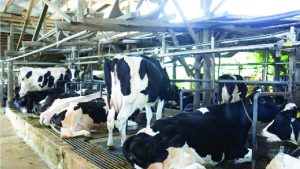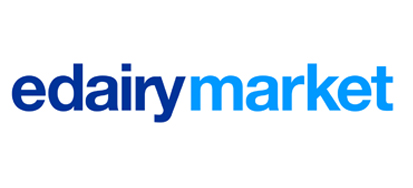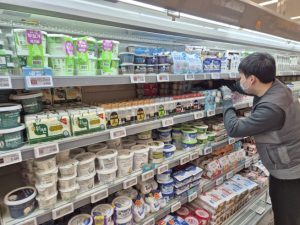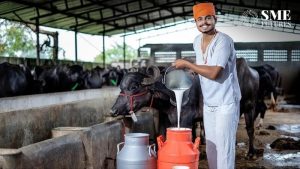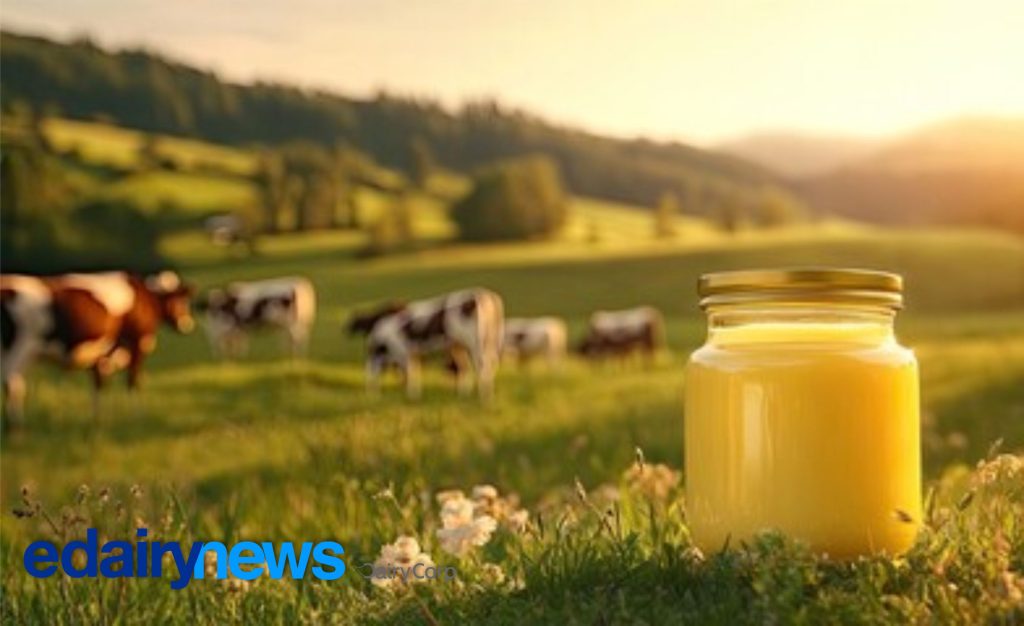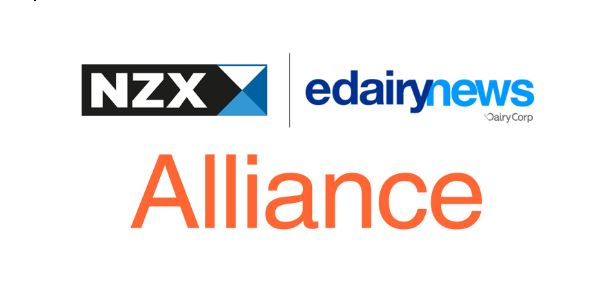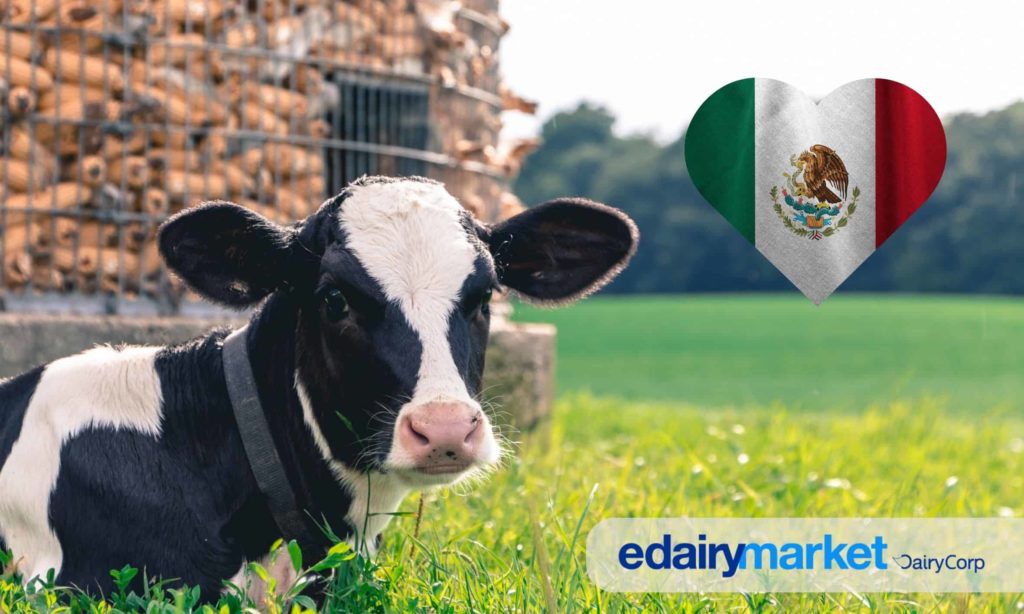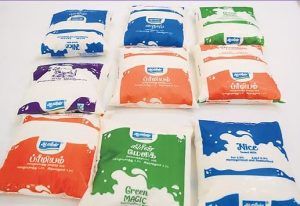
Unprecedented Milk Demand Threatens Global Health and Environmental Goals.
The global dairy sector is at a critical juncture, facing a paradox where rising demand, while indicative of growth, also poses significant risks to global nutrition and climate stability. With nearly a billion metric tonnes of milk produced annually—surpassing the combined output of wheat or rice—dairy is set to become the fastest-growing agricultural commodity in the coming decade. This unprecedented surge in dairy consumption demands urgent attention from producers, manufacturers, and analysts worldwide to navigate its complex implications.
A key challenge lies in the stark disparity between where milk is most needed and where it is produced. Developing countries, often with the highest nutritional requirements, currently produce barely half of the world’s milk. This imbalance suggests potential issues with equitable access and distribution, raising concerns about how increased dairy demand will truly impact global nutrition security, especially in vulnerable populations. Bridging this gap sustainably is a paramount concern for dairy economics.
The environmental footprint of expanding dairy production is another critical concern. As demand escalates, so does the pressure on natural resources and the generation of greenhouse gas emissions. The intensification of milk production to meet future needs could exacerbate climate risks, necessitating innovative and sustainable farming practices. The international dairy community must prioritize climate-smart agriculture to mitigate these environmental impacts.
Furthermore, the article implicitly warns that unchecked growth in dairy consumption could worsen global nutrition outcomes. This might refer to resource allocation trade-offs, where land and resources are diverted to dairy production at the expense of other vital food crops, or simply the challenge of ensuring balanced dietary intake. For agribusiness leaders, understanding these broader nutritional implications is crucial for fostering responsible growth and ensuring food system resilience.
Ultimately, the projected growth in dairy demand presents a dual challenge: how to meet increasing nutritional needs, particularly in developing regions, without intensifying climate risks or compromising overall food security. The industry must champion sustainable milk production models that prioritize efficiency, environmental stewardship, and equitable access. This requires a concerted effort from all stakeholders to ensure that dairy’s expansion contributes positively to both global health and planetary well-being.
Source: Business Standard: Rising dairy demand may worsen global nutrition and climate risks
You can now read the most important #news on #eDairyNews #Whatsapp channels!!!
🇮🇳 eDairy News ÍNDIA: https://whatsapp.com/channel/0029VaPidCcGpLHImBQk6x1F


